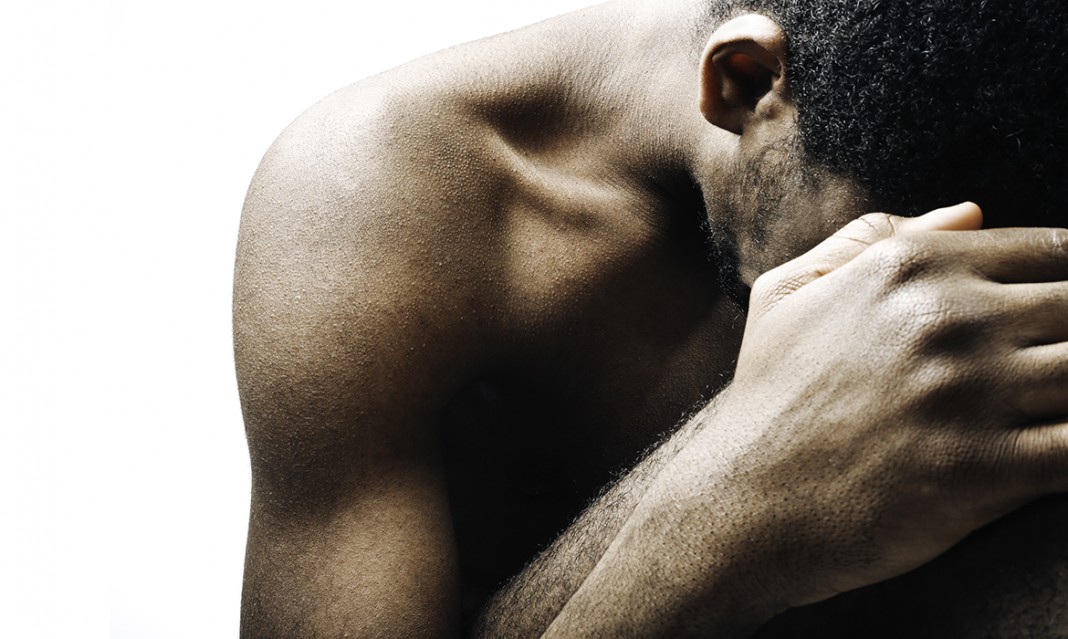Every time we hear about body image, we instantly think of models or bulimics. It’s woven into our minds that body image is only a concern for women and how they should be a replica of what we are exposed to on a daily basis in movies, TV ads, billboards, and fashion shows. But what about the plus-size man? Or the scrawny adolescent who is too afraid to enter the gym because other boys his age are fueling up on protein shakes and dead lifts? Why do we fail to acknowledge the issue when it comes to the other gender?
Perhaps it’s just as hard being Ken as it is being Barbie. Calvin Klein’s new campaign with Justin Bieber showing off his white CK briefs demonstrates that men too are packaged in different sizes, heights, and shapes. But it was only a matter of days before images were leaked showing that the Biebs’ thighs, biceps, facial anatomy, and more had been edited to attract society’s approval and amazement.
It’s not surprising that healthy male body image has not seen the same amount of campaigning as the opposite sex’s. Female body image campaigns have become advertisement staples, such as Dove’s “Real Beauty” series, even by corporations that essentially traffic in false ideals of beauty.
Kimberly Green, the registered dietitian at the Health and Counselling Centre, says there has lately been an increase in concern for male body issues.
“I am definitely seeing more and more male students with body image issues,” she says. “Guys today are feeling the pressure to ‘get big’ and conversely ‘be lean’ at the same time. I think a lot of students are really confused about the difference between ‘healthy eating’ (e.g. a nutritious, varied diet, grounded in good science) and what is marketed to our insecurities—for example, supplements, foods, diets, and other products that will help us ‘reduce belly fat’ or ‘get ripped’.”
She says these regimes create more problems instead of tackling the insecurities. In Green’s opinion, because males are known to be less likely than females to seek advice, they are more likely to rely on unhealthy coping mechanisms. And in many cases their money and efforts are wasted.
But can we really blame men for chasing what they are encouraged to strive for and reinforced to believe?
Abdulla Khatib, a fourth-year criminology and legal studies student and men’s fashion blogger at musclesandtussles.com, also calls out the discrepancy between what males are taught to see as an ideal body type and how they actually feel. He believes that the “man up” mindset inflicted on men from a young age can only be changed when they truly feel comfortable and confident in what they wear and appreciate how they look in it.
Having attended high-end fashion shows and most recently participated in the famous Toronto Men’s Fashion Week, Khatib urges the fashion industry to accept different body shapes and embrace them, rather than excluding those who do not fit industry standards. For Khatib, the change takes place on an individual level by first experimenting with styles before finding what makes you feel best.



